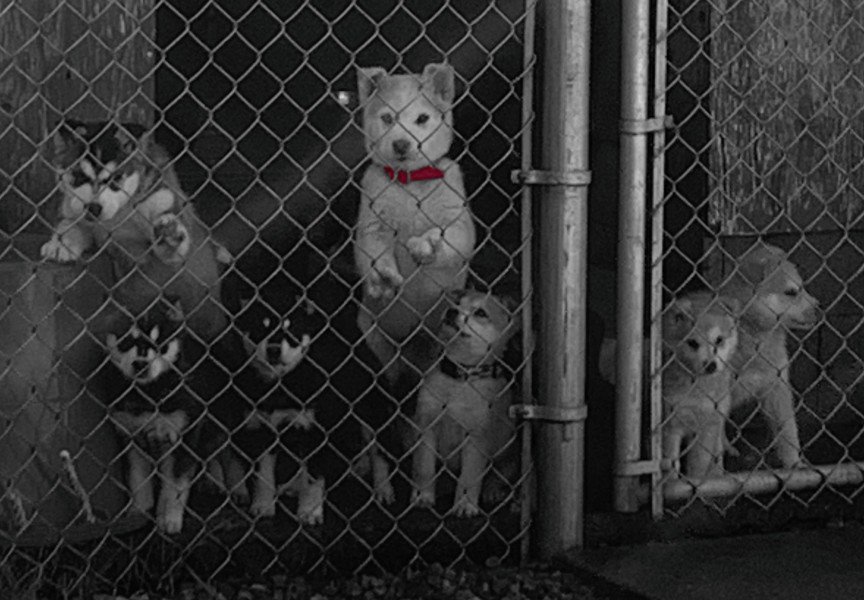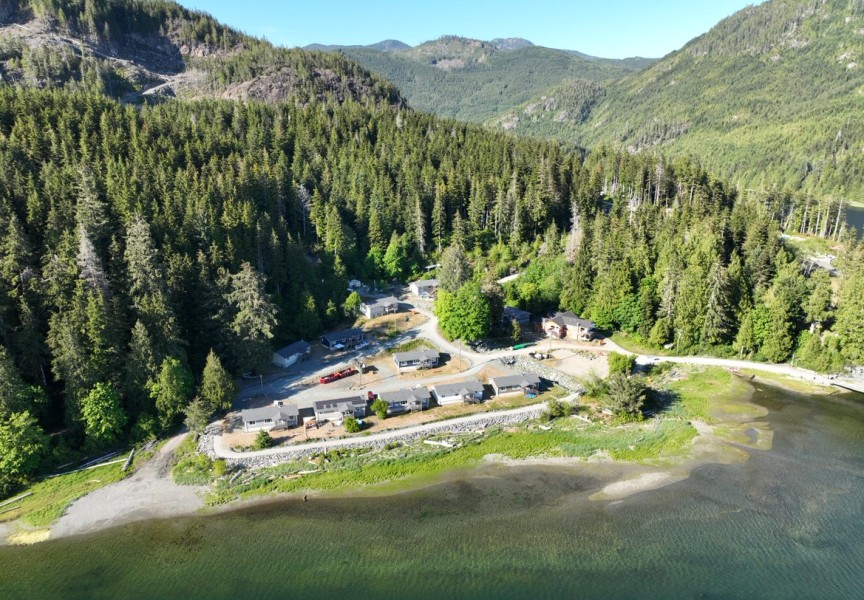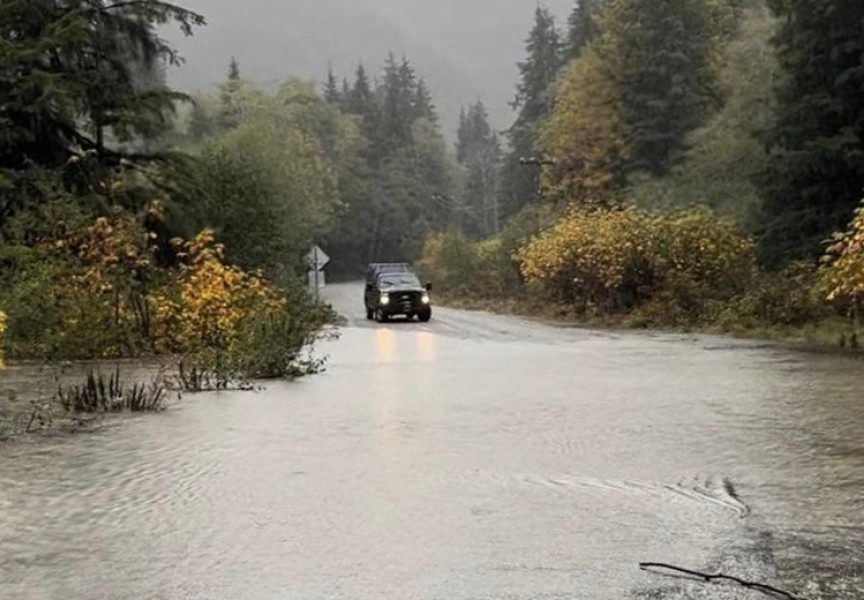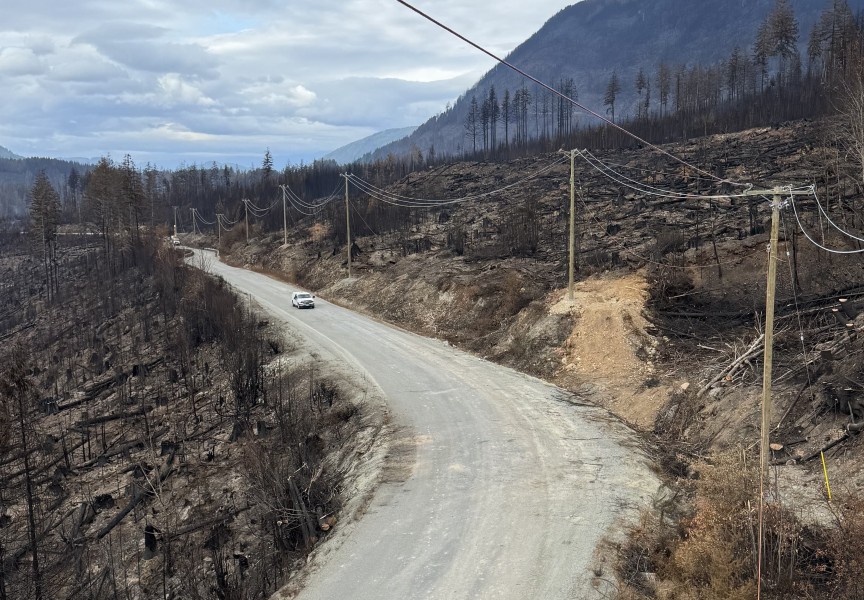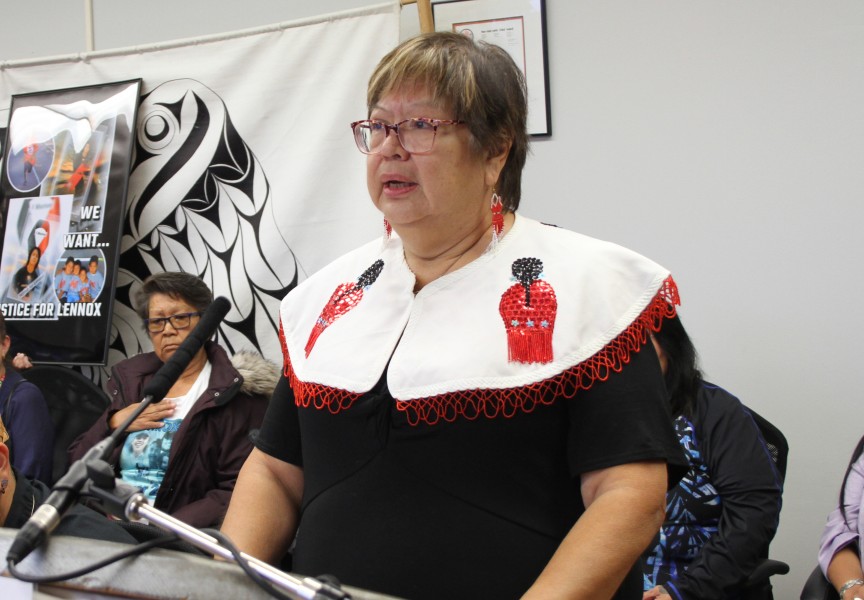A routine trip from Tofino to Hot Springs Cove aboard a float plane turned terrifying after the aircraft faltered on take-off, cartwheeled, and settled on the ocean upside down. NTC President Judith Sayers was aboard that flight and was rescued from drowning by her son, who was also aboard.
The Transportation Safety Board of Canada (TSB) has determined that two factors played a role in the accident: the wake from passing boats and possible errors in weight and balance calculations.
The incident occurred shortly after take-off from Tofino Harbour on the morning of July 26, 2021. At the time, people speculated that the float plane had hit the sandbar on take-off, but the TSB has determined that the plane lost control as it became airborne after hitting the wake of passing boats, sending it into a cartwheel.
“The aircraft rate of acceleration was slowed by a boat wake during the take-off run, and the pilot attempted to gain additional distance with a right turn on the water’s surface,” said the TSB. “The aircraft then lifted off of the water at a low airspeed as a result of either a second boat wake or a control input.”
Sayers said she was strapped in her seat and hanging upside down as the plane filled with water.
“Remembering that moment when I knew I had no breath left and thinking my life was over… still brings tears to my eyes that my son saved me,” she shared.
According to the TSB report released on Oct. 6, the accident involved a Cessna A185F seaplane operated by Atleo River Air Service Ltd., in Tofino.
“On 26 July 2021, an Atleo River Air Service Ltd. Cessna A185F seaplane was conducting a flight from Tofino Harbour Water Aerodrome, BC, to the Hesquiaht First Nation community in Hot Springs Cove, BC, with one pilot and four passengers on board,” says the TSB summary. “During takeoff, the aircraft momentarily became airborne, then lost control and cartwheeled, before coming to rest inverted in shallow water. One passenger received serious injuries, the remainder received minor injuries, and the aircraft was substantially damaged.”
The float plane came to rest, upside down at the sandbar near Deadman’s Island, in shallow water. This fact likely saved the life of Sayers, who, with assistance from the others, was successfully released from her seat and was treated for minor injuries.
The TSB found that the location of the accident likely contributed to the survival of the occupants, “by reducing the risk of drowning and providing time for the occupants to egress the aircraft,” reads the TSB report.
The investigation also determined that passenger weights may have been underestimated, which could have affected the aircraft’s ability to fly safely.
Following the occurrence, Atleo River Air Service Ltd. increased the time between flights by an additional 15 minutes to provide pilots with more time to complete their pre-flight duties.
“Understanding what happened in the accident is important to my healing emotionally, but trying to ensure these kinds of accidents don't happen again is even more important,” said Sayers.
She noted that coastal communities rely on float planes to get in and out.
“The fact that Atleo Air put more time in between flights helps what?” she asked. “The issues relating to the updates on the wings are more important to look at and ensuring the float planes are safe.”
Three months after the accident, a plane from Tofino Air was involved in a collision with a boat.
On Oct. 18, 2021 a Tofino Air float plane collided with Rocky Pass, a water taxi operated by Chris Frank of Ahousaht, witnessed by several people on the docks of Tofino Harbour. In that accident, the float plane had already landed before the collision. Its pontoon was damaged, causing it to fill with water, eventually sinking the plane. Boaters in the area were able to rescue all occupants of the plane with no serious injuries reported.
The Nuu-chah-nulth Tribal Council issued a statement following the second accident, calling for action to prevent further tragedies.
“We want to ensure no more of our people, or anyone else, is harmed by preventable accidents that have the potential to be absolutely disastrous. These two incidents are cause for great concern and we know that more can be done to prevent these incidents from happening again and we demand changes to laws, regulation and policies be made to ensure greater safety in the harbour,” Sayers wrote in the NTC statement, dated Oct. 21, 2021.
She is concerned about the growing number of users in the busy Tofino Harbour, especially with two float plane accidents in the same area just three months apart.
“We call on Transport Canada as a priority, to review the laws, regulation and policies that regulate Tofino Harbour and make changes to ensure a safer harbour,” Sayers demanded in the NTC statement.
More than a year after her harrowing experience, Sayers says the shock has lessened but it is still something that stays with her.
“Reading the press release and report, it brings back a lot of memories of that day, the shock, the pain, the joy of all of us being alive,” said Sayers.
She knows that float planes are safe, “but it is the thought of it happening again that gives me pause to get back on them. I will do it, just at the right time for me.”



